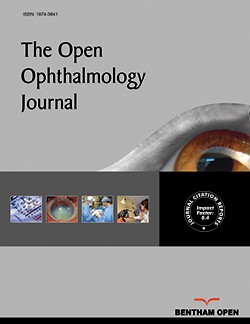All published articles of this journal are available on ScienceDirect.
Evaluation of Visual Acuity (VA) in Children with Autism Spectrum Disorder (ASD): A Comparison of Different Vision Charts
Abstract
Background:
Children with autism spectrum disorder (ASD) have a significant risk of vision and eye disorders. Conversely, there is little information available for eye care professionals regarding the best method for assessing visual acuity in autistic children.
Objectives:
The aim of this study was to evaluate the different visual acuity charts in children with ASD.
Methods:
The study was a comparative perspective conducted among children with ASD, in 2022 in the Qassim region, Saudi Arabia, and included thirty children aged 5 to 12 years. Measurement of visual acuity on three charts; Snellen tumbling E, LEA symbols, and pediatric picture-colored were obtained from the children who met the inclusion criteria of the study. Paired t-test analysis was used to compare the mean findings from the three visual acuity charts, and significance levels were established at p = 0.05.
Results:
The mean and standard deviation of visual acuity (VA) obtained from children with ASD by the three charts ranged from (0.86 ± 0.19) to (0.72 ± 0.22); the pediatric picture-colored chart had the highest, and the tumbling E chart had the lowest vision score. There was a highly significant difference in VA obtained by three charts, P≤0.05. Conversely, there was no significant difference in VA obtained while using Lea Symbol and pediatric picture-colored chart, P= 0.950. The effective communication levels of children were examined by the tumbling E, Lea symbol, and pediatric picture-colored VA charts, which were 33.3%, 50.0%, and 60%, respectively. The communication level of children with ASD was extremely significantly associated with examination difficulties, P= 0.0001.
Conclusion:
There was a highly significant difference in visual acuity obtained from autistic children using three vision charts. Most of the autistic children with effective communication and half of the children with poor communication levels successfully completed the pediatric picture-colored VA charts. Thus, understanding the autistic child's ability to communicate and respond to vision charts is important in selecting and administering visual acuity and other subjective eye examinations.


